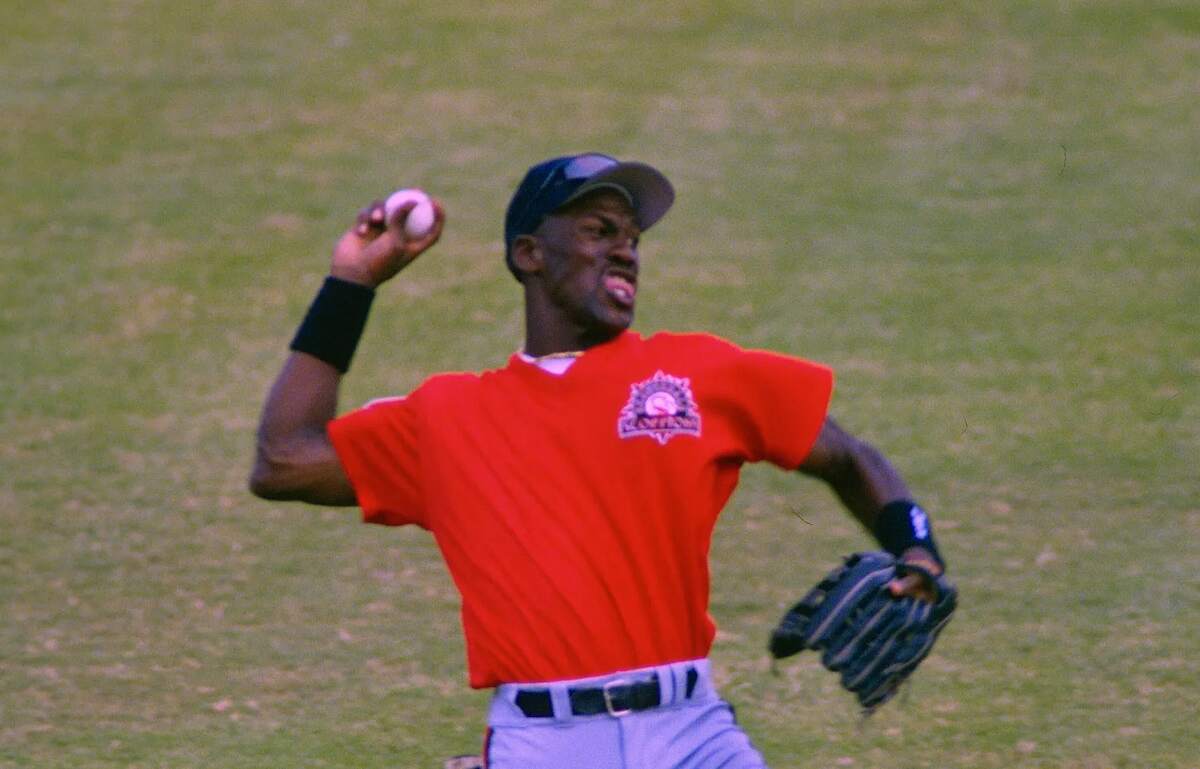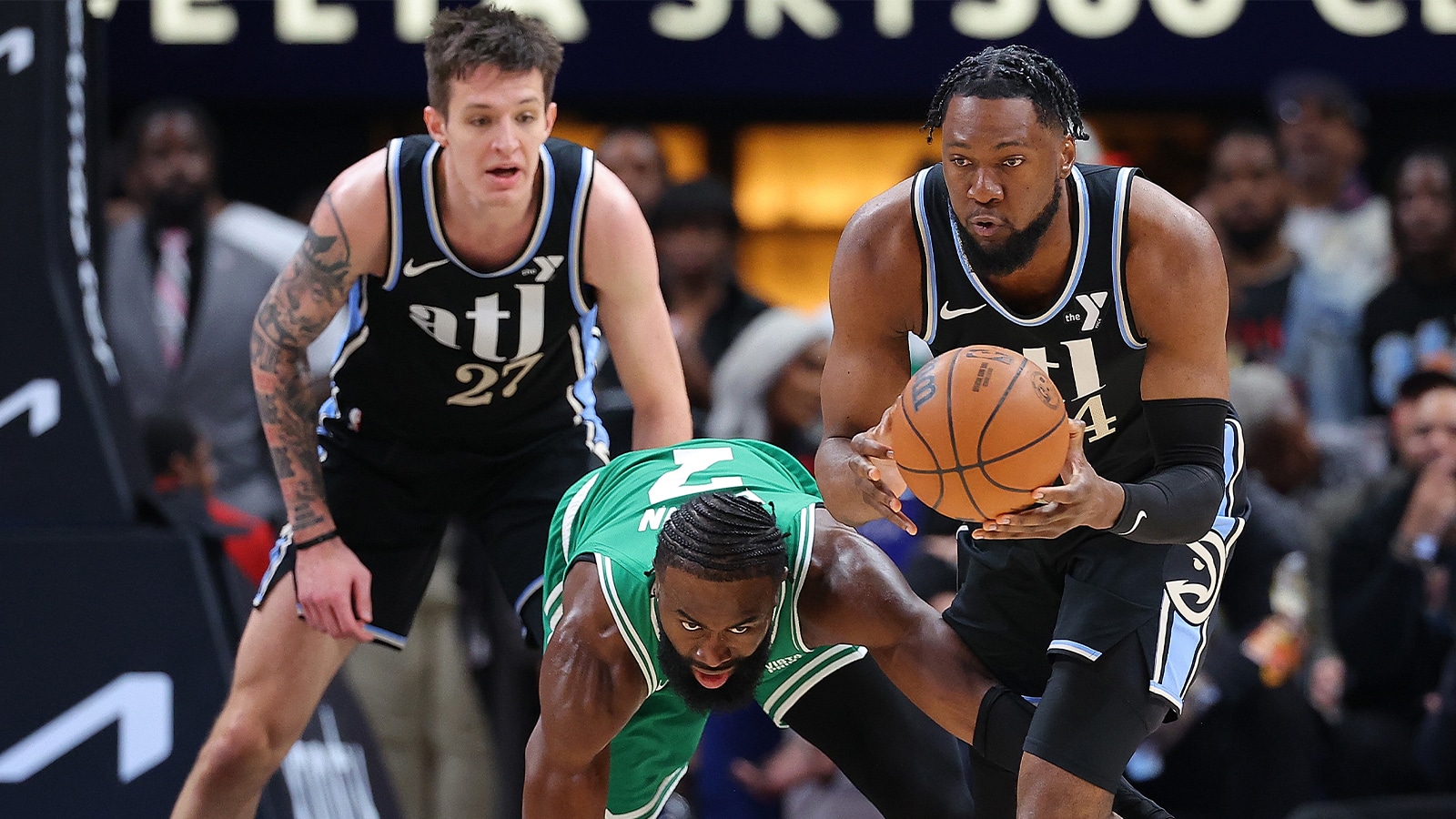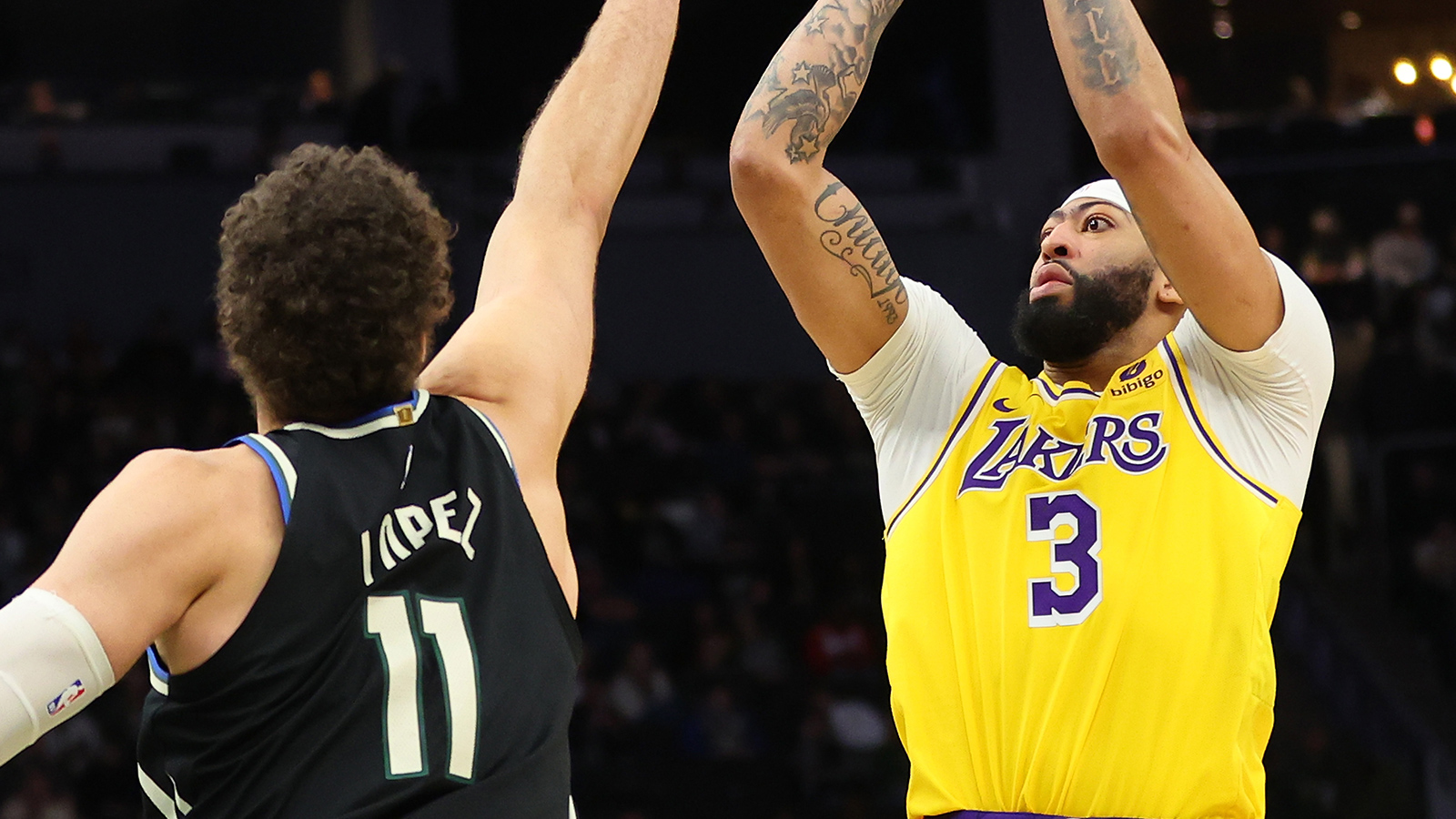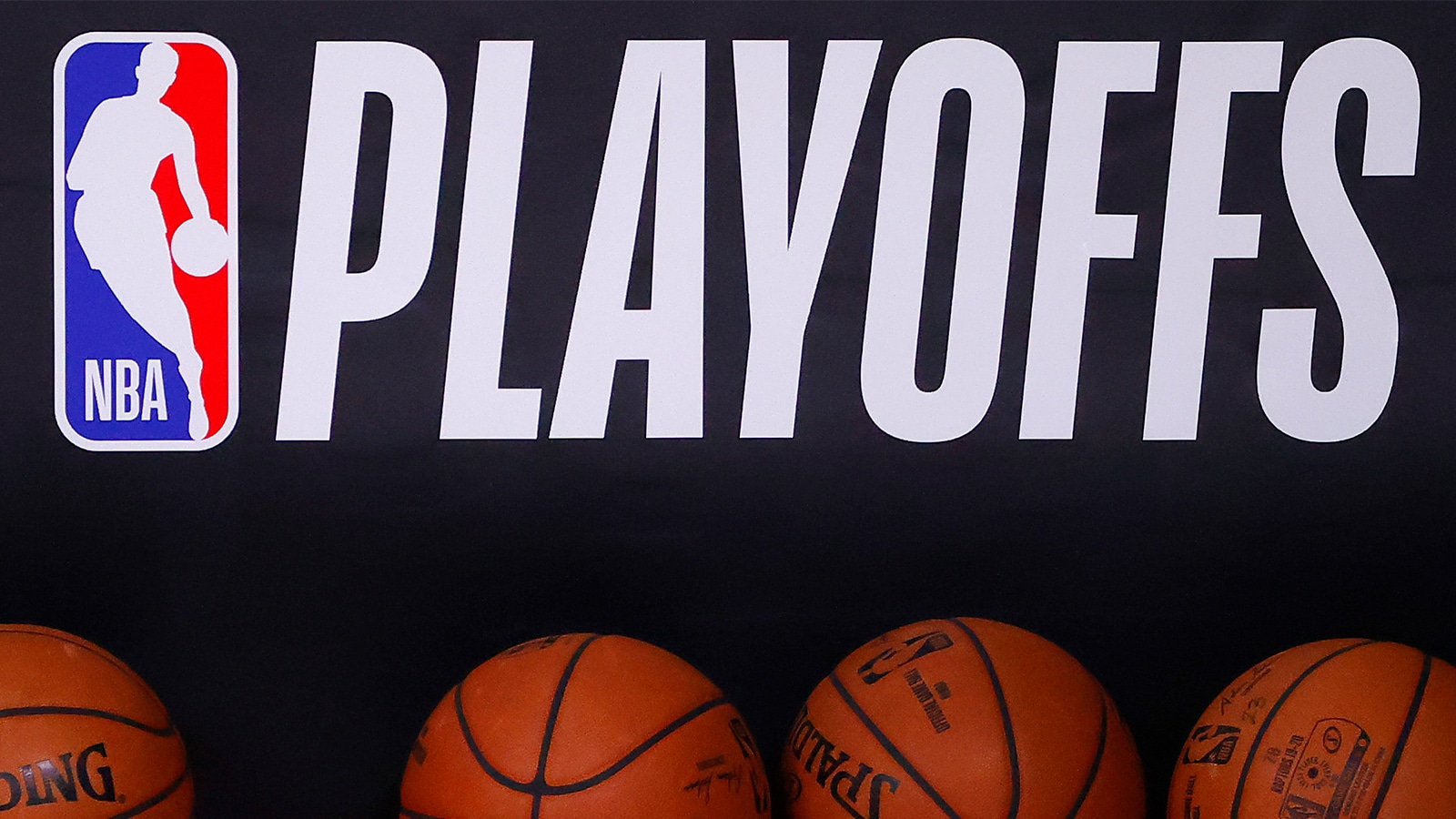
Michael Jordan’s 27-Year Dispute With Sports Illustrated Began With 3 Words
Coaching the Chicago Bulls with Michael Jordan in retirement during the 1993–94 NBA season was a thankless task. However, Phil Jackson coached them to 55 wins and a spot in the conference semifinals, so the job wasn’t impossible.
On the other hand, try publishing the country’s best-known sports magazine without any cooperation from the superstar who’d just led the Bulls to one three-peat and would soon carry them to another.
Jordan’s beef with Sports Illustrated is now at 27 years and counting.
Michael Jordan switched sports mid-career
One explanation for Michael Jordan’s abrupt retirement from the Chicago Bulls on Oct. 6, 1993, is that there was little left to accomplish. The Bulls were coming off an NBA three-peat, and Jordan had already been an All-Star nine consecutive seasons. Others speculated wildly that Jordan was actually serving a one-year suspension that the league wanted to hush up to avoid embarrassment, though no one has ever produced credible evidence.
Jordan himself said at the time that he had lost his enthusiasm for the sport, noting that his father had been murdered three months earlier. Being in a perpetual spotlight wherever he went may have also factored into his thinking.
Four months later came an equally surprising disclosure from Jordan: He had signed to play baseball in the Chicago White Sox organization. He played the 1994 season with the Birmingham Barons of the Class AA Southern League. Jordan hit only .202 and struck out 114 times, but he also drove in 51 runs and showed respectable baseball instincts. He followed up by batting .252 in the Arizona Fall League.
Michael Jordan’s dispute with Sports Illustrated began with three words
Michael Jordan’s abrupt career change attracted understandable skepticism, particularly from baseball observers. That wasn’t helped by Jordan’s slow start in spring training, which should have been understandable given that he hadn’t played organized baseball since high school.
Sports Illustrated sent reporter Steve Wulf to the Chicago White Sox complex to check out Jordan’s progress. To say he was underwhelmed after Jordan had been in camp for less than a month would be an understatement. Wulf wrote that he sided with the “baseball snobs” who were “right about one thing: He will never, ever hit.”
Wulf piled on later in his story, which Sports Illustrated published in mid-March:
“Michael Jordan has no more business patrolling right field in Comiskey Park than Minnie Minoso has bringing the ball upcourt for the Chicago Bulls,” he wrote.
Pretty harsh stuff, right? Well, that wasn’t the worst of it. The headline on the cover was, “Bag it, Michael!” It was accompanied by a photo of Jordan flailing pathetically at a pitch.
NBC Sports noted last year that Jordan stopped speaking to Sports Illustrated after that cover headline and story. He’s kept the magazine frozen out since.
Even the author didn’t like the way ‘SI’ treated MJ
Sports Illustrated reporter Steve Wulf told the Washington Post that he checked in on Michael Jordan during the 1994 minor-league season and came away impressed with how much the 31-year-old, retired NBA star had improved his baseball skills.
“Those weak swings he was taking in spring training were now line drives,” he said.
Wulf said he wrote what he described as a “mea culpa” story, but the magazine declined to publish it. He doesn’t fault Jordan for refusing to acknowledge the magazine’s existence.
“I think he’s perfectly within his rights to maintain that stance. The headline was over the top,” Wulf said. “And I know SI thought, ‘Well, we put him on the cover so many times. What’s the big deal about this?’
“Well, you know what, we disrespected him.”
Like Sportscasting on Facebook. Follow us on Twitter @sportscasting19.



